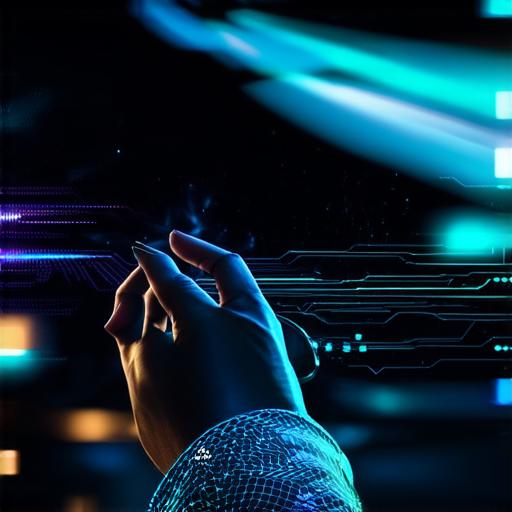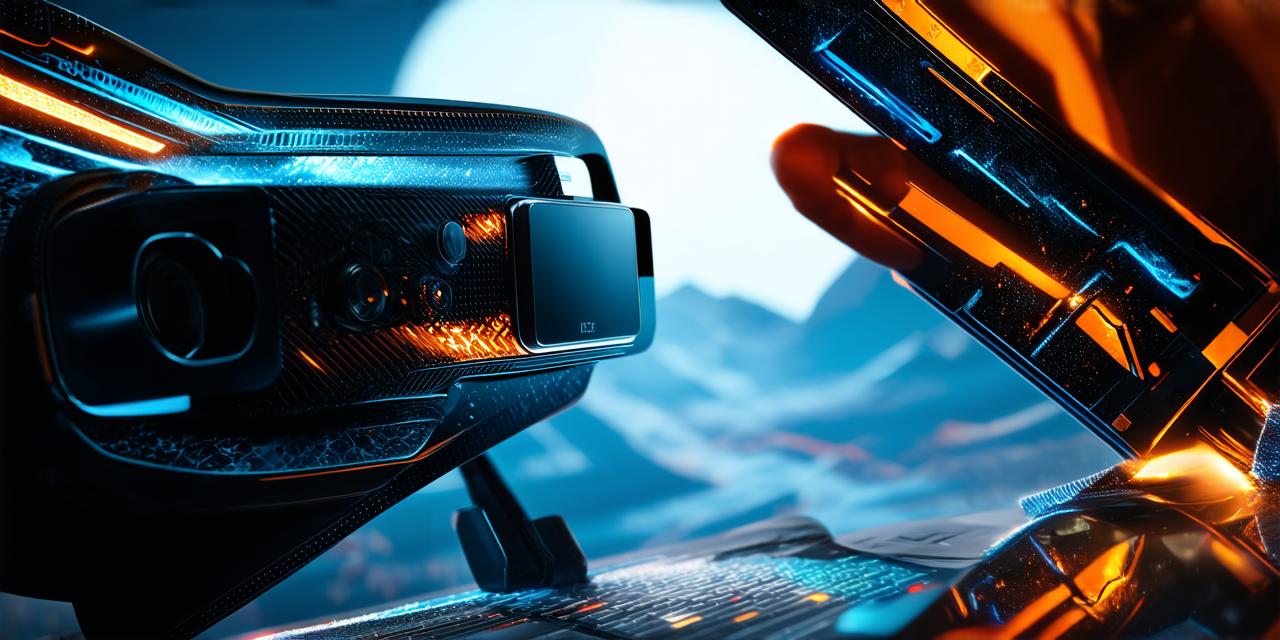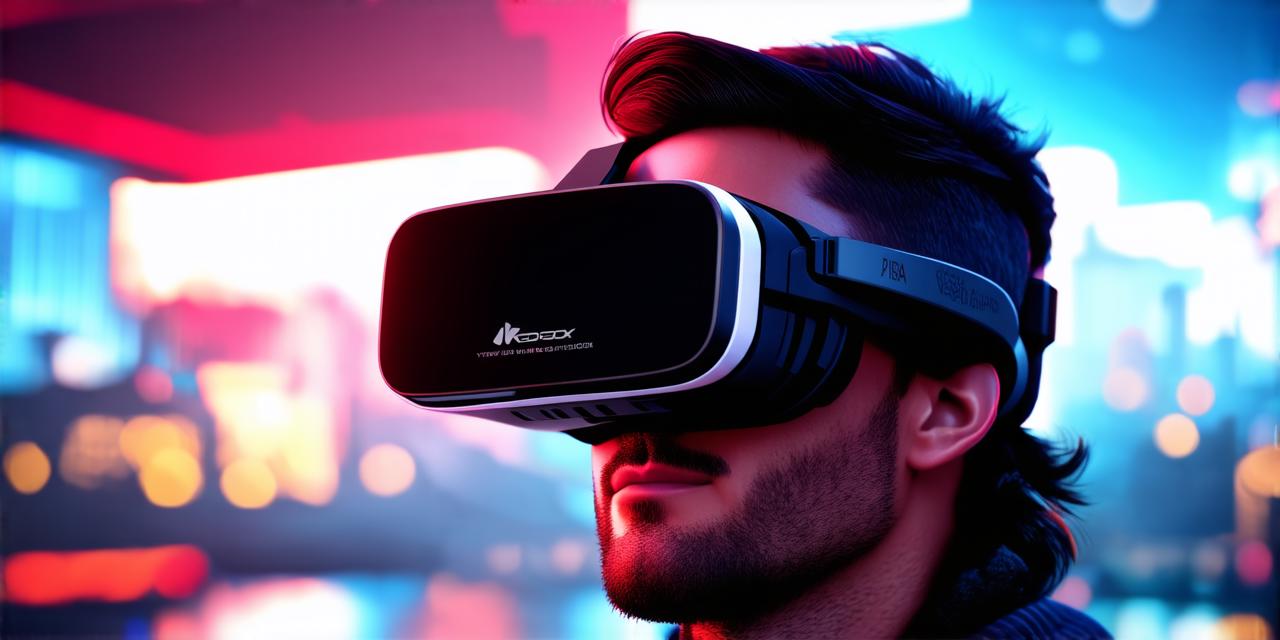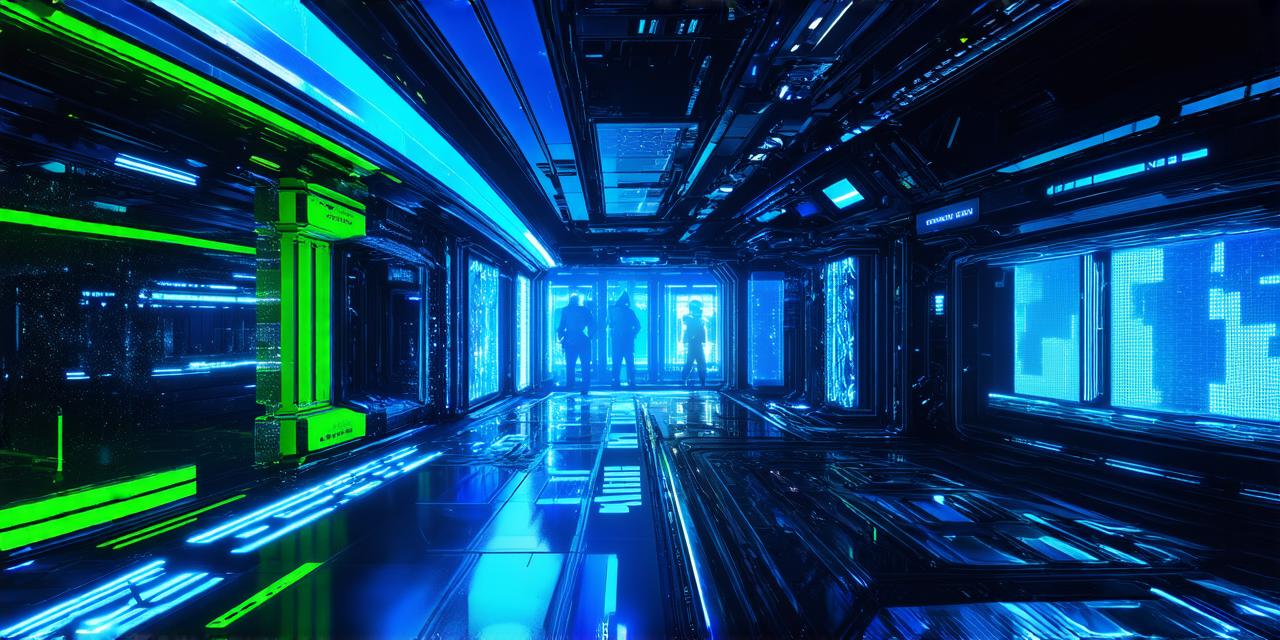Virtual Reality (VR) technology has come a long way since its inception, and as it continues to evolve, we’re constantly introduced to new abbreviations and acronyms. One such acronym that has been gaining traction is MR. In this article, we’ll explore what MR stands for in virtual reality, and what makes it different from other VR technologies.
What is MR?
MR, or Mixed Reality, refers to a type of virtual reality experience where the real world is blended with virtual elements. This creates an immersive environment that combines physical and digital elements in real-time, allowing users to interact with both worlds simultaneously.
Advantages of MR over traditional VR
One of the main advantages of MR over traditional VR is its ability to seamlessly integrate virtual objects into the real world. This means that users can interact with virtual elements in a way that feels natural and intuitive, rather than disconnected and artificial. Additionally, because MR allows for real-time interaction between the physical and digital worlds, it can be more practical and useful in a variety of applications.

Applications of MR technology
MR technology has a wide range of potential applications, from gaming and entertainment to education, healthcare, and even manufacturing. In gaming and entertainment, MR can create immersive experiences that allow users to interact with virtual objects in a more natural way. For example, a player could use an MR headset to explore a virtual world while still being able to see the real world around them.
In education, MR can be used to create interactive learning environments that bring concepts to life in a more engaging and interactive way. For example, students could use an MR headset to explore a virtual anatomy lesson, or to visualize complex scientific concepts in a more intuitive and hands-on way.
In healthcare, MR can be used for training medical professionals, as well as for treating conditions such as PTSD and phobias. For example, a surgeon could use an MR headset to practice a surgery in a virtual environment before performing the procedure on a patient, or a therapist could use MR to expose patients to feared environments in a safe and controlled way.
In manufacturing, MR can be used for product design and testing, as well as for training workers on complex processes. For example, an automotive manufacturer could use an MR headset to visualize the design of a new car component, or to test the assembly process in a virtual environment before implementing it in a physical factory.
In conclusion, MR technology has the potential to revolutionize the way we experience and interact with the world around us. As the technology continues to evolve, we can expect to see even more exciting applications of MR in the future.



